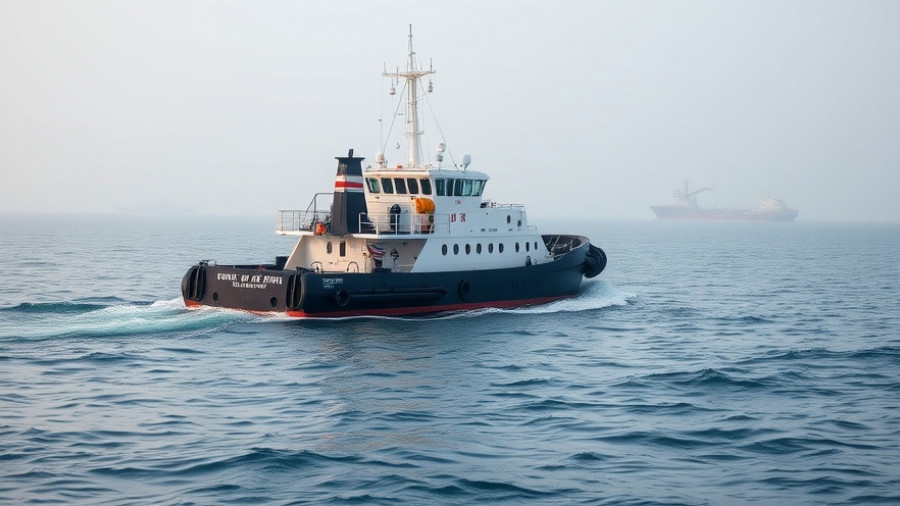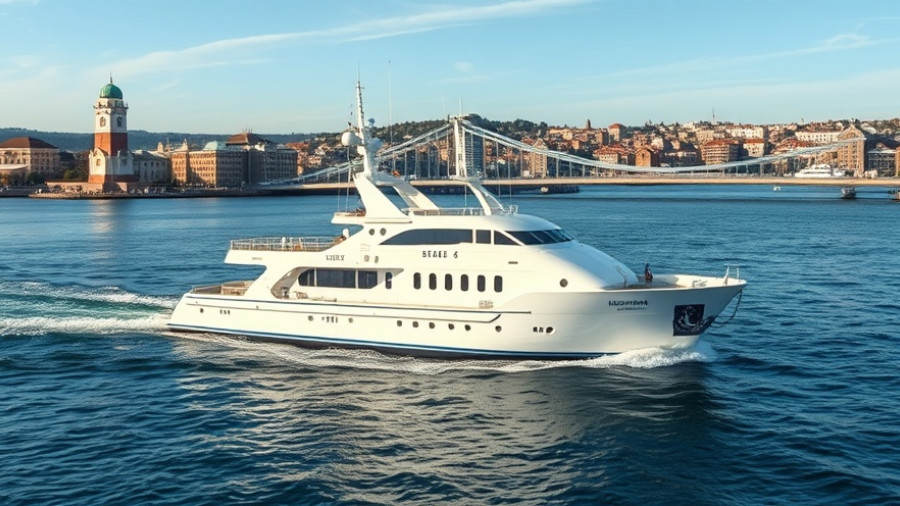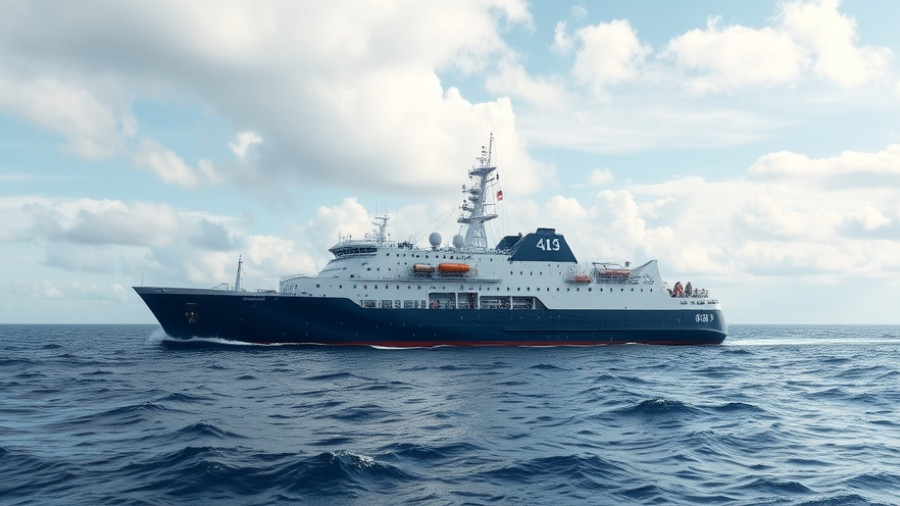
Havila Shipping Shines With Record Utilization Rates
In a notable highlight for the offshore supply vessel sector, Havila Shipping ASA has reported remarkable Q2 2025 results, demonstrating a robust recovery buoyed by exceptional fleet utilization. The second quarter has proven profitable, with freight revenues reaching NOK 165.5 million, a significant NOK 19.5 million increase from the same quarter in previous years. This growth trajectory is indicative of a strong demand landscape in the industry, reflecting broader trends impacting maritime operations.
Diving Deeper Into Fleet Performance and Financial Gains
The company earned a commendable NOK 91.3 million in operating profit before depreciation, showing growth from NOK 78.4 million the year prior. After accounting for depreciation costs of NOK 50.1 million and net financial expenses of NOK -35.1 million, Havila managed a pre-tax profit of NOK 8.7 million, more than doubling last year’s markers. This financial uplift provides a refreshing contrast to last year’s mixed results, particularly as Q2 2024 included substantial impairment reversals totaling NOK 154 million.
A 98.1% Fleet Utilization Rate: What’s Driving Demand?
At quarter's end, Havila operated a fleet of 14 vessels, maintaining impressive utilization rates of 98.1%. This suggests a vibrant marketplace for platform supply, subsea construction, and rescue recovery segments. The high utilization figures represent a strong commitment to operational excellence and indicate ongoing demand flexibility in a recovering market.
Financial Resilience Amidst Challenges
Despite facing some financial restructuring and the looming presence of long-term debts—currently recorded at NOK 538.9 million—the outlook appears positive. With a stable liquidity pool of NOK 155.1 million and free liquidity figures exceeding NOK 152 million, Havila is set to navigate the tumultuous seas of financial challenges successfully. This resilience will be crucial for sustaining operations and supporting recovery initiatives.
Industry Context: Navigating a Changing Maritime Landscape
The maritime and shipping industries are witnessing a transformation, driven by factors such as shifting global trade patterns and evolving environmental regulations. Havila's successful results are emblematic of how firms capable of adapting—by managing debts and optimizing fleet performance amid changing market demands—will continue to thrive. The key takeaway? Companies need to remain agile, anticipating market demands and the potential for sector-wide disruptions.
The Future of Havila Shipping and Market Prospects
Looking ahead, Havila Shipping has a strategic opportunity to leverage its current financial footing to further invest in fleet enhancements or new technologies. By embracing innovation and sustainable practices, Havila could not only solidify its market position but also foster long-term growth. Future contracts, particularly in an increasingly green market, could propel the company to even greater heights.
As the maritime industry continues to diversify, staying informed about shifts in operational strategies, financial management, and market demands will be essential for stakeholders involved. Havila's successful navigation of these waters serves as a model for the industry as a whole, encouraging proactive adaptations to challenges and opportunities alike.
 Add Row
Add Row  Add
Add 




Write A Comment